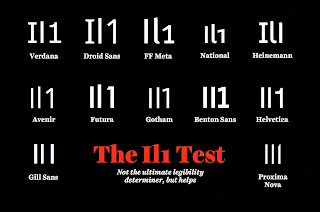This time, the makeover isn�t by me...
Regular readers know I am always looking for inspiration from comics, so I
loved this
description of the design process of the new
Captain Canuck costume (above) from
Kalman Andrasofszky. (Captain Canuck�s co-creator Ron Leishman shows up in the comments of the post!)
Here�s the original Captain from back in the 1970s:
I like it because it explores the
tension between keeping established conventions and making something distinctive and original. This is particularly a problem when there have already been very similar characters:
(I)t�s almost impossible to talk about Captain Canuck without also considering that other flag-draped Canadian icon, Guardian AKA Vindicator.
As you can see, given the costume uses the Canadian flag, there�s pretty significant constraints on what you can do. Similarities are almost inevitable. And yet Kalman creates a fresh look, ironically, by taking inspiration from other works:
Canuck�s helmet... is actually based on Captain Britain�s helm. The design of the chin/jaw guard is a straight-up homage, as is the profile. And not just in the gear, I tried to capture a bit of the rigid, upright posture Alan Davis gives all his heroes. ...
The small maple leafs on his shoulders were inspired by Ultimate Captain America. Bryan Hitch took Cap�s iconic star emblem and repeated it on his shoulders, almost like rank insignia. I think this gives a touch of military styling to Cap and with all the large shapes dominating the suit, I felt a couple of smaller elements added visual variety.
The insignia-style maple leaves bring to mind another lesson for poster design: having to
simplify. The shoulder leaves didn�t make it to the final animation. You can see that in this frame grab from episode 1:
I strongly suspect that the shoulder details were too small, fiddly, and hard to draw for hand-drawn animation. The Captain is doing a lot of running and turns, and it would no doubt be difficult to keep the leaves in the correct perspective throughout. You can�t be too wedded to any one element of the design: you have to be willing to let it go if it isn�t working under �real world� conditions.
The tension between wanting to do something new and different, but following accepted conventions, is one I feel all the time in making conference posters. A three column layout
again? A sans serif typeface
again? There is a sameness about posters than can make you think you�re being boring.
Captain Canuck�s redesign is a nice example of accepting limitations, borrowing from the best existing examples, and yet still coming up with something that feels fresh and not staid.
For many more superhero design posts, check out
Project Rooftop.
Warning: This site appears to be highly addictive to design geeks.
External linksCaptain Canuck websiteCaptain Canuck YouTube channelCaptain Canuck Facebook pageP:R Approved: Kalman Andrasofszky�s Captain Canuck!Oh Captain, my CaptainThe Captain has landed!

























